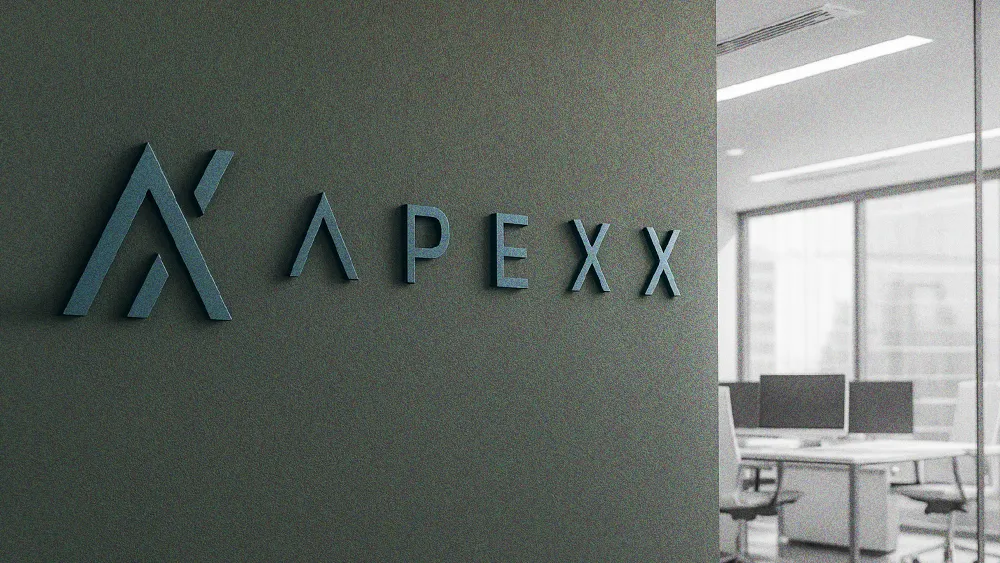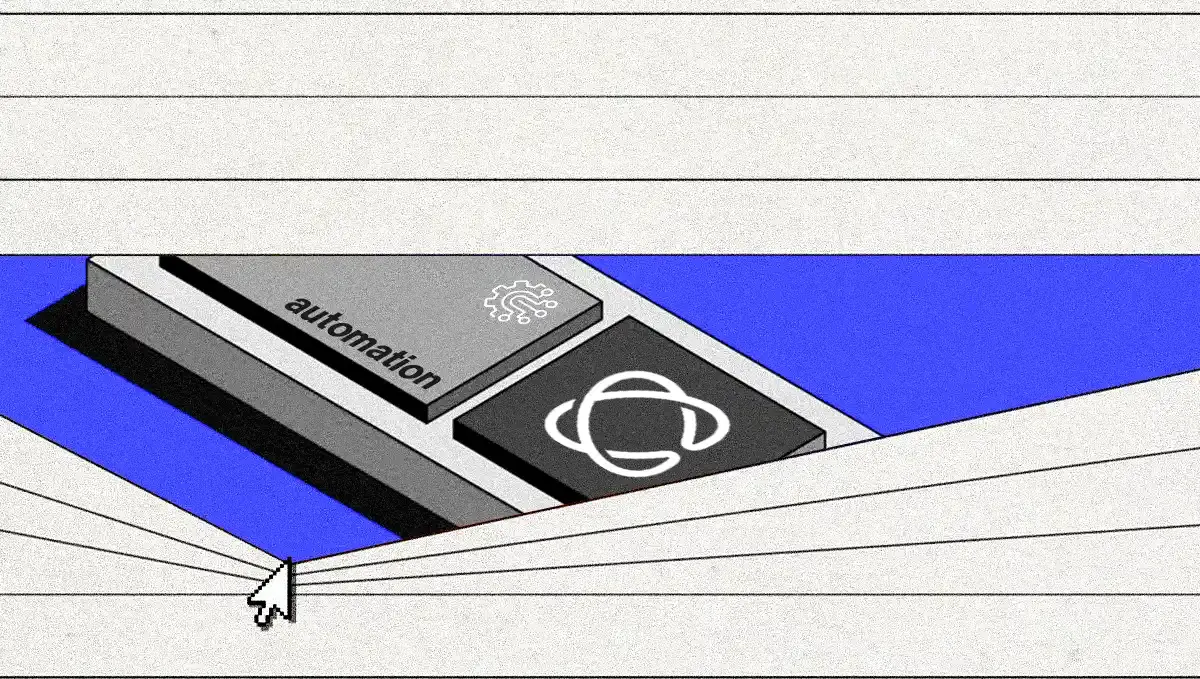
All articles
For Banks, Better Customer Experience Begins With Better AI for Employees
Joseph Boragina, Regional VP at nCino, explains why the most effective AI strategies in banking improve the customer experience by finding the employee experience first.

Key Points
The most effective AI strategies in banking improve the customer experience by fixing the employee experience first.
Industry expert Joseph Boragina, Regional VP at nCino, explains why AI should be used to augment bankers by automating mundane tasks, transforming them from reactive "order takers" into proactive advisers who build relationships.
Success requires leaders to listen to employees to find the right problems to solve and to implement a strong change management plan that delivers a clear return on investment.
Humans will always want to deal with other humans. The goal isn't to replace that connection. It's to be strategic. Use AI to take away the mundane administrative burden so your people can focus on the high-value work that actually helps customers and the bottom line.
*The views and opinions expressed belong to Joseph Boragina and do not necessarily represent those of any former or current employers.
In banking, most public conversations about AI focus on customer-facing tools. But a better path to Customer Experience (CX) success could be hiding in plain sight: fixing the Employee Experience (EX) first. With AI adoption still maturing, the most significant wins will come from addressing the internal problems that burden institutions themselves.
Joseph Boragina, Regional Vice President at cloud banking leader nCino, understands this dynamic better than most. Having spent years at BMO Financial Group as a Commercial Relationship Manager, and being a part of the early days of the BMO Business Xpress lending platform, he was tasked with addressing operational friction that slowed customer service. Now, as a two-time nCino MVP winner, he advises major financial institutions on implementing the technology designed to solve those very challenges.
"Financial institutions are really good at gathering information. They're just not good at understanding it," Boragina says. For years, the industry has chased "Customer 360," a complete picture of a client's financial life. But the reality is a "120- or 180-degree view," with customer data scattered across multiple institutions, he explains.
Now, banks are drowning in information they can't use, Boragina continues. At a time when customers need proactive advisors more than ever, bankers are being forced into the reactive role of "order takers."
The proactive payoff: For Boragina, the solution is to augment the human banker. By automating low-value work, organizations can liberate their people to build relationships and provide expert guidance, he says. "When a banker truly knows me, my products, my history, and my relationships, they can stop being reactive and start proactively reaching out to unlock new products or credit that I might need."
Augment, don't replace: Empowerment is the goal, not replacement. Ideally, AI should elevate employees' roles, freeing them to perform high-value work only people can do, Boragina explains. "Humans will always want to deal with other humans. The goal isn't to replace that connection. It's to be strategic. Use AI to take away the mundane administrative burden so your people can focus on the high-value work that actually helps customers and the bottom line."
But an EX-to-CX strategy is also a core business initiative, he advises. And, most leaders today demand a numbers-driven business case for any new project. "The days of 'feature dumping' are over. It now comes down to quantitative analysis. Leaders want to know: if I spend X on this technology, what will my outcome be?" Any technology investment must serve business goals.
The bottom line: To connect an employee-centric strategy directly to the C-suite's primary concerns, Boragina offers a simple framework: "At the end of the day, you're trying to fill three buckets: You're trying to increase revenue, you're trying to decrease costs, and you're trying to manage risk."
A clear business case makes the argument for an omnichannel strategy, Boragina continues. For him, the best omnichannel systems segment tasks by complexity, automating simple, transactional work so humans can tackle the complex.
Robots for the routine: "Self-service is fine for simple tasks, but it has its limits. High-net-worth individuals with complex financial needs will always need to speak with an expert to understand their options and maximize their value."
Because banking often operates in a gray area, algorithms cannot navigate it on their own, Boragina cautions. "The famous line in banking is 'it depends,' because every complex deal has nuance. That's why you will always need a human in the loop to navigate situations that don't fit a simple model." So, where should leaders begin? The most valuable starting point is looking inward, he advises.
Listen to your people: Instead of guessing where to apply AI, leaders should find the source of internal friction directly from those who experience it daily. "Listen to the voice of your customer, but more importantly, listen to the voice of your employees. Find out where they face the biggest pains and what administrative tasks are holding them back. If you can automate that low-value work, it frees them up to spend more time with customers and on activities that create real value."
The people problem: However, even an excellent strategy can fail if employees don't adopt the new tools, Boragina says. Success depends less on the technology itself and more on the plan to bring people along. "Change management is the number one factor for success. You can give people the best technology in the world, but it's all for nothing without strong guidance and user adoption. You have to focus on the people more than the technology and help them understand the 'why' behind the transition."
Ultimately, Boragina's message offers an alternative to the industry's default setting of cautious deliberation. It is more effective to start, learn, and iterate than to wait for a perfect solution, he concludes. Today, the risk of inaction outweighs the risk of making a small mistake. "Avoid analysis paralysis. It’s better to move fast and fail than to overthink your way into inaction. A quick failure gives you user feedback you can use to pivot and find the right direction faster."







